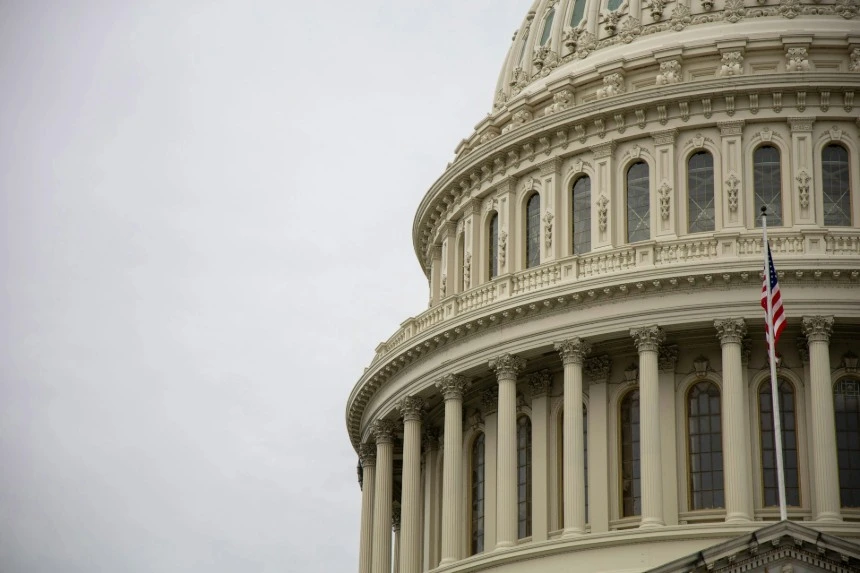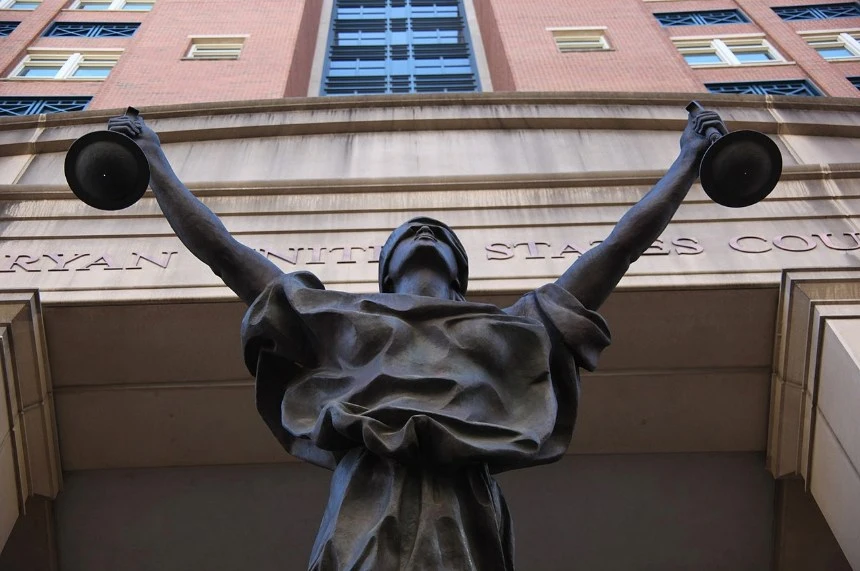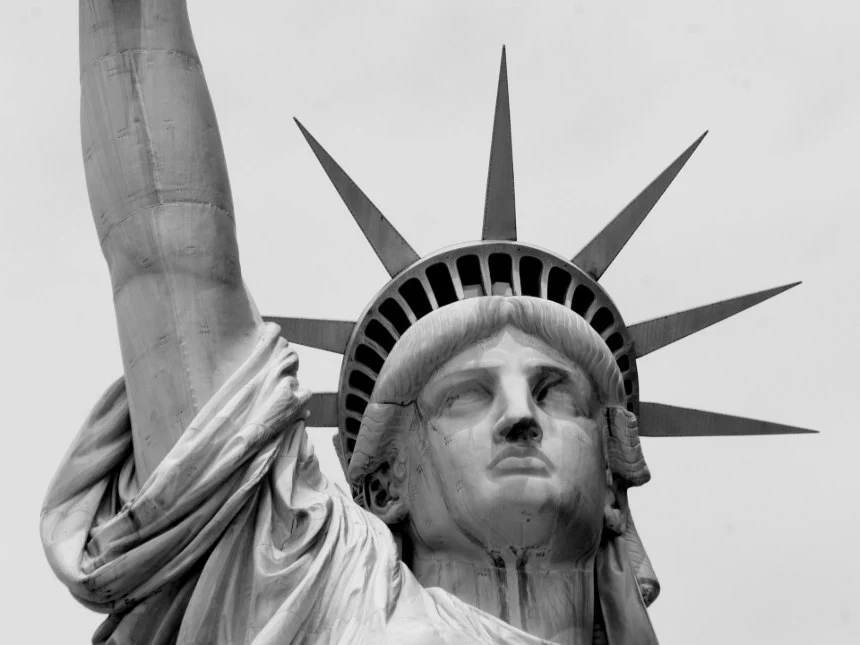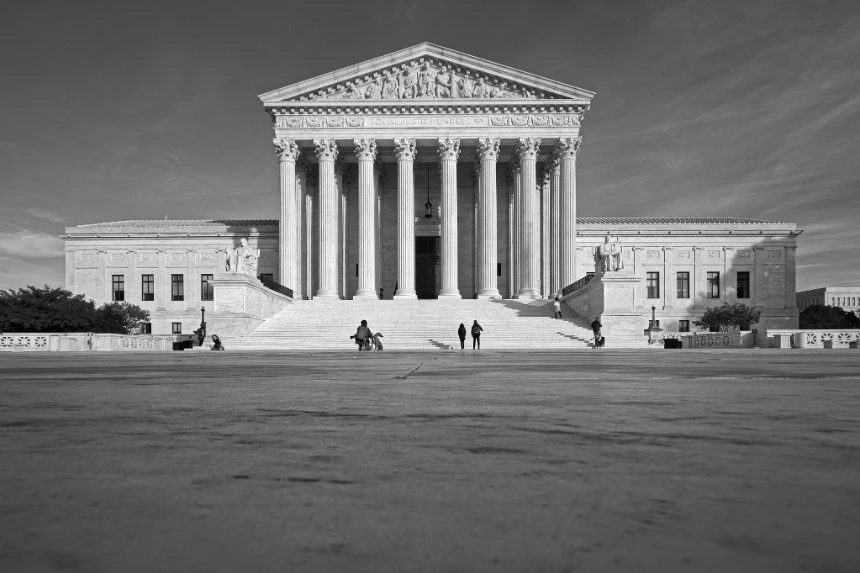How Do We Protect Additional Rights? The Role of Unenumerated Rights in Constitutional Law
Imagine you are the chair of a committee drafting a bill of rights for a constitution. It could be any constitution, at the national or subnational level, that will have as part of its structure protections of individual rights that are judicially enforceable. You want to be solicitous of others on the committee, and, of course, of all of your fellow citizens. So you put out the call: “What rights should we protect? Give me your ideas and we’ll put them in there.”
Unsurprisingly, you receive all kinds of suggestions. Many of these will look familiar: freedom of speech, freedom of religion, a bar on unreasonable searches and seizures, a ban on cruel and unusual punishment. Then others roll in that are a bit less well-known, such as a ban on debtors’ prisons and an “anti-monopoly clause.” Both of these, though, are found in the constitutions of many states in the United States.
Unenumerated rights are a much more accepted part of United States constitutionalism than is generally acknowledged.
Thus, you and your delegates put them in the draft. You even receive a request for the right to not have to get a license to sell the products of one’s garden. At first you blanch at this one—isn’t that a little too specific? But when it’s pointed out that the state of Minnesota has exactly that in its constitution, you accept it too.
Finally, someone proposes a “right to play ice hockey.” “Come on!” you reply. Who would ever forbid people from playing hockey? (Especially if this were in Canada, of course.) “More importantly,” you explain, “if we’re going to put rights like that in the bill of rights, we’ll never finish.”

But then it dawns on you. There are, in fact, an infinite number of rights. That’s because there are an infinite number of specific ways you can exercise your liberty or use your property. You can never enumerate them all. And yet, what if you leave out an important aspect of human flourishing and a future legislature comes along and tries to unjustly restrict or even ban it? How do you balance these competing concerns—finite enumeration and ignorance about the future?
Through a device Anna taught the King: etcetera, etcetera. You list a number of rights and then at the end say: “The enumeration in the Constitution, of certain rights, shall not be construed to deny or disparage others retained by the people.” In other words, enumerated rights are protected but so are “others.”
Critics may reject this approach. They may think it ineffective or that it unnecessarily limits democratic power by giving too much power to judges and too much value to individual liberty. Regardless of that criticism, my book Baby Ninth Amendments: How Americans Embraced Unenumerated Rights and Why It Matters explains how this is exactly what Americans have done dozens of times when writing their own constitutions. This history demonstrates that “unenumerated rights” are not contrary to American constitutional democracy. They are a central part of it. In fact, unenumerated rights are popular.
State Constitutional Formation
The language I quoted above is the Ninth Amendment to the U.S. Constitution. As I explain in Chapter 1 of the book, the U.S. Supreme Court has said almost nothing about the Ninth, but legal scholars, especially in recent years, have waged battles about whether it protects rights beyond those enumerated in the Bill of Rights or whether it does something else—protecting federalism being the most promoted alternative.
But the U.S. Constitution is not the nation’s only constitution. Every state has its own, and Chapters 1 through 3 in Baby Ninth Amendments detail the adoption in state constitutions of language virtually identical to the Ninth Amendment, so-called “Baby Ninths.” This history is important for two reasons. First, it demonstrates that courts in states with these provisions could be much more vigilant in protecting individual rights. Second, more broadly, it shows that unenumerated rights are a much more accepted part of United States constitutionalism than is generally acknowledged.
Congress approved the Ninth Amendment, along with what came to be the Bill of Rights, in 1789, and the states adopted it in 1791. It was not until 1819, though, in the incoming states of Alabama and Maine, that the same language was placed in a state constitution. It took some time for other states to adopt their own “Baby Ninths,” despite plenty of state constitutional formation during this period.

By the Civil War in 1861, however, twelve states had adopted Baby Ninths. After the war, their popularity took off, continuing through the end of the nineteenth century and well into the twentieth. Today, two-thirds of all states have Baby Ninths in their constitutions, typically at or near the end of their bills of rights, like in the federal version. This is particularly true of states that joined the Union and drew up their first constitution since the Civil War. Of those 15 states, 13 of them have Baby Ninths. At a certain point in U.S. history, having a Baby Ninth in one’s constitution just became the American thing to do.
Two-thirds of all states have Baby Ninths in their constitutions.
Why did drafters of state constitutions include Baby Ninths? Records of many American constitutional conventions are notoriously sparse, so looking across the constitutional histories of all 50 states often provides less information than we’d like, regardless of the type of constitutional provision at issue. However, my book combs through the historical record and finds a lot that illuminates why Baby Ninths were adopted. For example, in the Maryland constitutional convention that led to its 1851 constitution, a delegate proposed a Baby Ninth. Another delegate asked him “to specify what the non-enumerated rights were.”
His response was that he “presumed that they were very numerous—so much so as to render it impossible to include them in the bill of rights.” Much later, a delegate at the Montana constitutional convention of 1972 spoke in favor of retaining a Baby Ninth and said (perhaps a tad optimistically), “I think that it is completely self-explanatory. There are rights which are not enumerated which the people of Montana should not be denied.”
Judges Abdicating Their Enumerated Duties
Why were those remarks perhaps too optimistic? Because, in practice, state officials have not taken Baby Ninths all that seriously, including the officials we most rely on to protect rights—judges. As I recount in Chapter 4, in states with Baby Ninths, judges have mostly recognized that their text protects rights in addition to those that are enumerated.
Americans generally like the idea of broadly protecting rights, even the ones that we don’t have time or space to enumerate.
However, most of the time, judges treat these rights much less seriously than enumerated rights, applying lower forms of scrutiny. Yet, this is directly contrary to the provisions’ language, which declares that just because “other rights” are not enumerated, that absence cannot be used to “deny or disparage” (or “impair,” as many Baby Ninths say) them.
There are exceptions, though, and those exceptions demonstrate how Baby Ninths can work in practice. One is a 1932 case from Oregon. There, the city of Portland denied a church the right to open a day school on its own property. This was due to what today we would call “Not in My Back Yard” (NIMBY) opposition. The state supreme court examined the evidence of the school’s impact on the neighborhood and concluded there was no justifiable reason for limiting the church’s property rights, allowing the school to open.

Another case from 1944 in Minnesota concerned municipal officials who evicted a family from their own home in the depths of winter simply because the family had been on poor relief in the past—but not currently—and under the bureaucratic relief system, that meant the family had to move to another town. The Minnesota Supreme Court invoked the state’s Baby Ninth and concluded it protected the “right to establish a home,” ruling in favor of the family.
Regardless of what the courts say, what do Baby Ninths actually mean? I spend Chapters 5 and 6 of the book digging into this jurisprudential and philosophical question. I conclude they protect negative liberties, often called “Lockean rights” after John Locke’s social contract theory. The provisions’ invocation of “retained” rights means they are based on a limited-government model of the social contract. Also, they do not protect “positive rights,” such as a right to housing or health care. Versions of constitutional text could be drafted to protect unenumerated positive rights, but that’s not what Baby Ninths do.
In the Afterword, I explore the larger takeaway from Americans’ use of unenumerated rights clauses, of which Baby Ninths are the most obvious, but not the only, examples. Today’s jurisprudence—including both the majority and the dissent in the recent U.S. Supreme Court abortion case Dobbs v. Jackson Women’s Health Organization—denigrates unenumerated rights, only protecting those rights that are deemed special enough to be “deeply rooted” in history. But the state constitutional drafting experience demonstrates the opposite.
Americans generally like the idea of broadly protecting rights, even the ones that we don’t have time or space to enumerate. How our rights are balanced with legitimate functions of government, such as protecting public health and safety, is up for debate. But the idea that judges should stay out of that debate is a proposition that American constitutions, and Americans themselves, reject. Otherwise, they wouldn’t say “etcetera, etcetera.”









